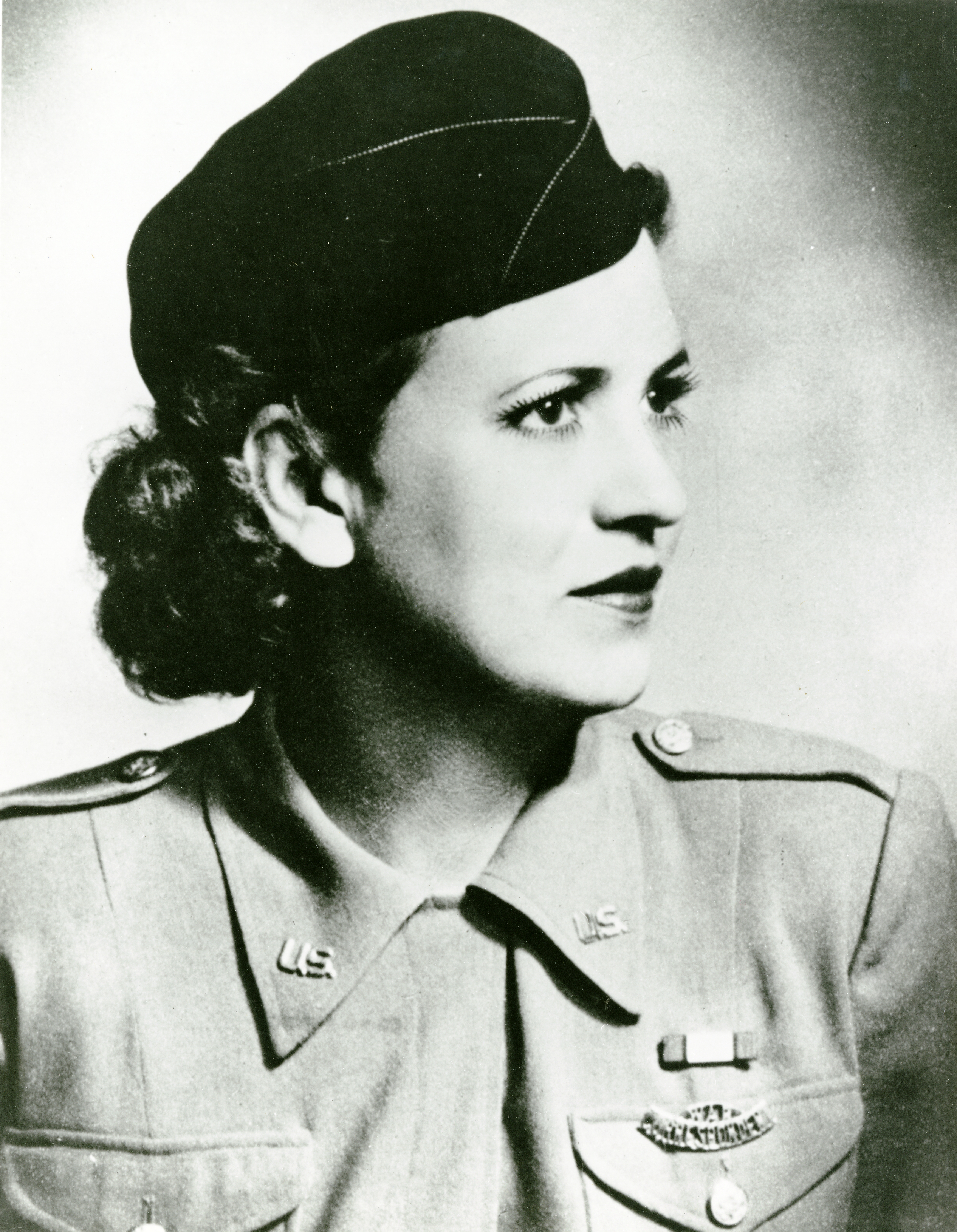British Female Pilots Lead the Way
In October 1941, Mary Wilkins-Ellis joined the Air Transport Auxiliary (ATA), a British civilian organization established during World War II to transport aircraft from factories to active service squadrons. The ATA employed pilots considered unsuitable for military service due to age, fitness, or gender to replace male pilots needed for the war. Ellis initially flew the Tiger Moth, but during the course of the war she flew 76 types of aircraft including the Hurricane and Spitfire. After the war, Ellis continued to ferry aircraft for the Royal Air Force.
The ATA program served as an example for the US military’s mobilization of female pilots. Famed American aviator, Jacqueline Cochran used her experience with the ATA to demonstrate the suitability of women for a similar ferrying program in the US Army Air Forces. Cochran established the Women's Flying Training Detachment on September 15, 1942, the precursor to the Women Airforce Service Pilots (WASP).
 Follow the Story of Jacqueline Cochran
Follow the Story of Jacqueline Cochran
Starting to Soar
Overcoming abject poverty, Jacqueline Cochran was instrumental in leading women against the social norms of the early twentieth century. She spent her childhood dreaming of something bigger and with her work ethic and determination she changed the course of her life. Cochran propelled herself forward into a world of endless possibilities by creating her own identity.
By 1932, Cochran had made it from a poor sawmill town to being ranked among the top hairdressers in New York City. This prestige allowed her opportunities and access to an elite circle of society. One of her new acquaintances, Floyd Odlum an industrialist and financial genius, financed her desire to fly.
Cochran took her first flying lesson at Roosevelt Field, Long Island, New York, earning her pilot’s license in three weeks. Three months later, Cochran entered her first competition, and by 1934 she officially started a career of racing and record-breaking pursuits. Before the US entered World War II, Cochran ranked among the top female pilots of the era, set an incredible number of records, and broke men’s distance, altitude, and speed achievements. Throughout her life she pushed herself to advance women’s role in aviation.